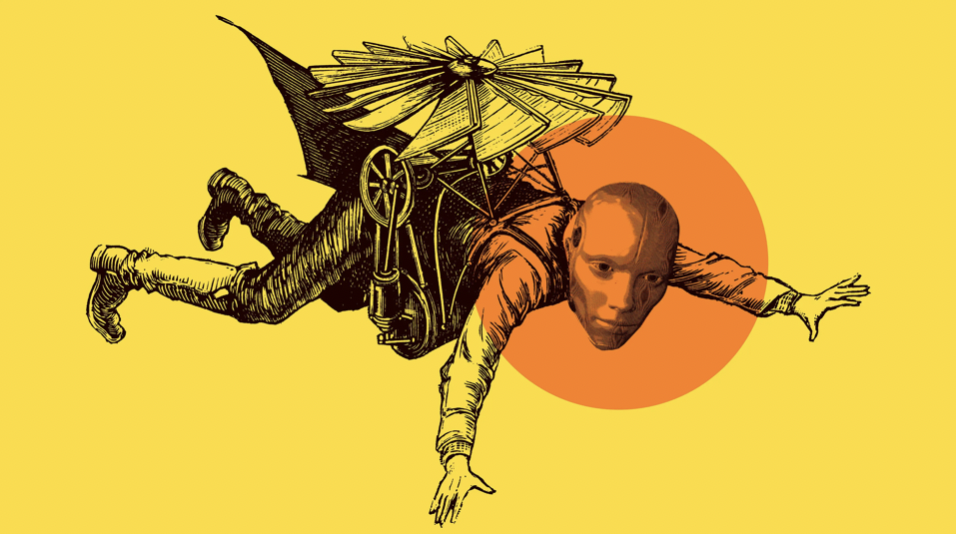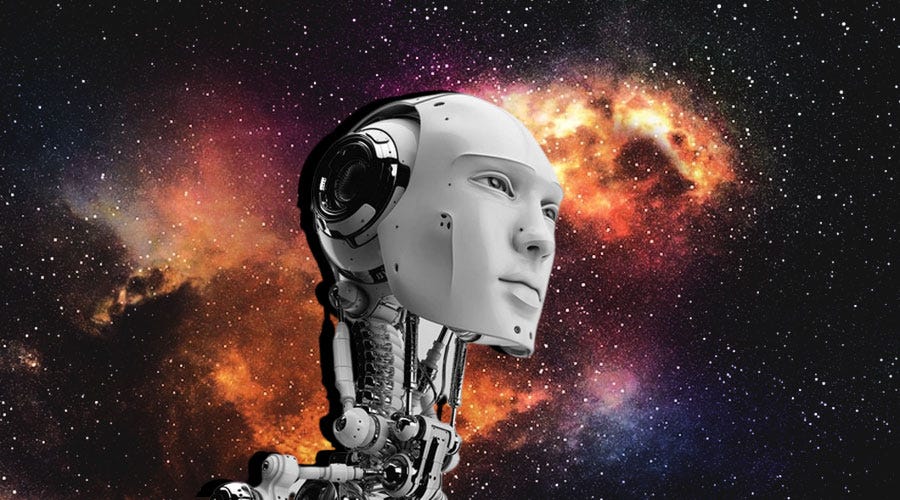THE DABUS EFFECT: AI, INVENTION, AND PATENT LAW DEBATES
In the realm of artificial intelligence , the emergence of DABUS (Device for the Autonomous Bootstrapping of Unified Sentience) marks a significant milestone. Developed by Dr. Stephen Thaler DABUS is an AI system capable of autonomously generating inventions. (Nast, n.d.)
In 2018, Thaler filed patent applications for two inventions claimed to be conceived by DABUS: a food container designed using fractal geometry and a flashing beacon for attracting attention in an emergency. (UK Supreme Court Ruled That AI Cannot Be an Inventor for UK Patents, n.d.)
These applications sparked a global debate on the legal implications of AI inventorship and the question of whether AI systems can be granted patent rights.
DABUS’ INVENTIONS, ACHIEVEMENTS AND ABILITIES
The two inventions claimed by DABUS are groundbreaking in their own right. The food container, constructed using fractal geometry, offers enhanced stacking and grip capabilities for robots, optimizing storage and handling efficiency. (Kavanagh, 2021)
In turn, the flashing beacon, designed to emit pulses of light in an emergency, aims to improve visibility and attract attention in hazardous situations. Both inventions demonstrate DABUS’s ability to generate novel and useful concepts, challenging traditional notions of human inventiveness.
However, apart from those two inventions, DABUS’ other achievements (including ability to detect prostate cancer from urine samples with 95% of accuracy), Dr. Stephen „believes that DABUS has sensory experiences, dreams, and even a stream of consciousness. Above all, Thaler is convinced that DABUS is creative.” (The Inventor Who Fell in Love with His AI, n.d.)
DISCRIMINATION AGAINST MACHINES?
This aspect prompted Thaler to initiate a sequence of legal disputes across the UK, US, Australia, and the EU to challenge copyright regulations restricting inventor recognition solely to humans. Thaler firmly believes it would be unjust for him to claim credit for DABUS’ creative prowess.
“It’s speciesism,”- said Thaler in the interview with the Economist. “Discriminating against machines.” (The Inventor Who Fell in Love with His AI, n.d.)

LEGAL LIMITS: UK’ STAND ON AI INVENTOSHIP
Despite Thaler’s striving to have his AI machine recognised as the inventor of the food container and the flashing light beacon, the UK Intellectual Property Office (IPO) rejected this for the first time in December 2019 stating that only a person could be named as an inventor. (“AI Cannot Patent Inventions, UK Supreme Court Confirms,” 2023)
The decision was then backed by both the High Court and Court of Appeal in 2020 and 2021. The Supreme Court judges dismissed a bid to reverse those decisions, justifying that:
firstly “an inventor must be a person” in order to compete for patents,
and secondly DABUS cannot be named as an inventor to secure patent rights because it is “a machine with no legal personality”– according to Lord Kitchin. (Media, 2023)
This judgment upholds the prevailing stance of the United Kingdom, as per the provisions outlined in the Patents Act of 1977, emphasizing that the eligibility to seek a patent for an invention necessitates human origination.
Thereby, the attempt by the US technologist to contest the Intellectual Property Office concerning concepts generated by the DABUS programme meets with little success. (UK Court Dismisses DABUS – an AI Machine Cannot Be an Inventor, n.d.)
BEYOND BOUNDARIES: CHALLENGING PERSPECTIVES ON AI INVENTOSHIP
Undoubtedly, the deliberations surrounding DABUS, an AI system demonstrating remarkable inventiveness, have propelled the discourse on AI inventorship into the global spotlight. As the quest for recognition of machine creativity and the attribution of patent rights to non-human entities continues, crucial inquiries persist.
Are current legal frameworks equipped to address the evolving landscape of AI-generated inventions?
Should the concept of inventorship expand beyond human boundaries, acknowledging the creative capacity of AI systems?
These questions resonate far beyond the courtroom, challenging our fundamental perceptions of innovation, identity, and the intersection of technology with legal and ethical paradigms.
Written by Nina Tyśkiewicz
PROMPTS USED IN CHATPGT 3.5
„Explain the importance of the patents of new inventions on the case of DABUS AI.”
„Introduce the concept of DABUS AI and its significance in the realm of inventiveness.”
„Discuss the UK Supreme Court’s recent decision on AI inventorship rights for patents.”
„Summarize the UK Supreme Court’s ruling on AI inventorship rights. Highlight the reasoning behind the decision, considering the fundamental principles of patent law.”
„Please come up with a few headings suitable for the following paragraph:…”
REFERENCES
AI cannot patent inventions, UK Supreme Court confirms. (2023, December 20). Www.bbc.com. https://www.bbc.com/news/technology-67772177
Can an AI be an inventor? Not yet. (n.d.). MIT Technology Review. https://www.technologyreview.com/2020/01/08/102298/ai-inventor-patent-dabus-intellectual-property-uk-european-patent-office-law/
Kavanagh, C. (2021, September 22). DABUS | First AI Inventor Granted Patent. Minesoft. https://minesoft.com/dabus-accepted-as-first-ai-inventor/#:~:text=DABUS
Media, P. A. (2023, December 20). AI cannot be named as patent “inventor”, UK supreme court rules. The Guardian. https://www.theguardian.com/technology/2023/dec/20/ai-cannot-be-named-as-patent-inventor-uk-supreme-court-rules
Nast, C. (n.d.). The Inventor Behind a Rush of AI Copyright Suits Is Trying to Show His Bot Is Sentient. Wired UK. Retrieved December 31, 2023, from https://www.wired.co.uk/article/stephen-thaler-ai-copyright-suits-is-trying-to-show-his-bot-is-sentient#:~:text=
The inventor who fell in love with his AI. (n.d.). The Economist. https://www.economist.com/1843/2023/04/04/the-inventor-who-fell-in-love-with-his-ai
UK court dismisses DABUS – an AI machine cannot be an inventor. (n.d.). Www.penningtonslaw.com. https://www.penningtonslaw.com/news-publications/latest-news/2021/uk-court-dismisses-dabus-an-ai-machine-cannot-be-an-inventor
UK Supreme Court ruled that AI cannot be an inventor for UK patents. (n.d.). Clifford Chance. Retrieved December 31, 2023, from https://www.cliffordchance.com/insights/resources/blogs/talking-tech/en/articles/2023/12/uk-supreme-court-ruled-that-ai-cannot-be-an-inventor-for-uk-pate.html#:~:text=What%20is%20the%20case%20about









